Watch How Lipstick Gets Made in These Mesmerizing GIFS
Cue up those ooohs and ahhhs.
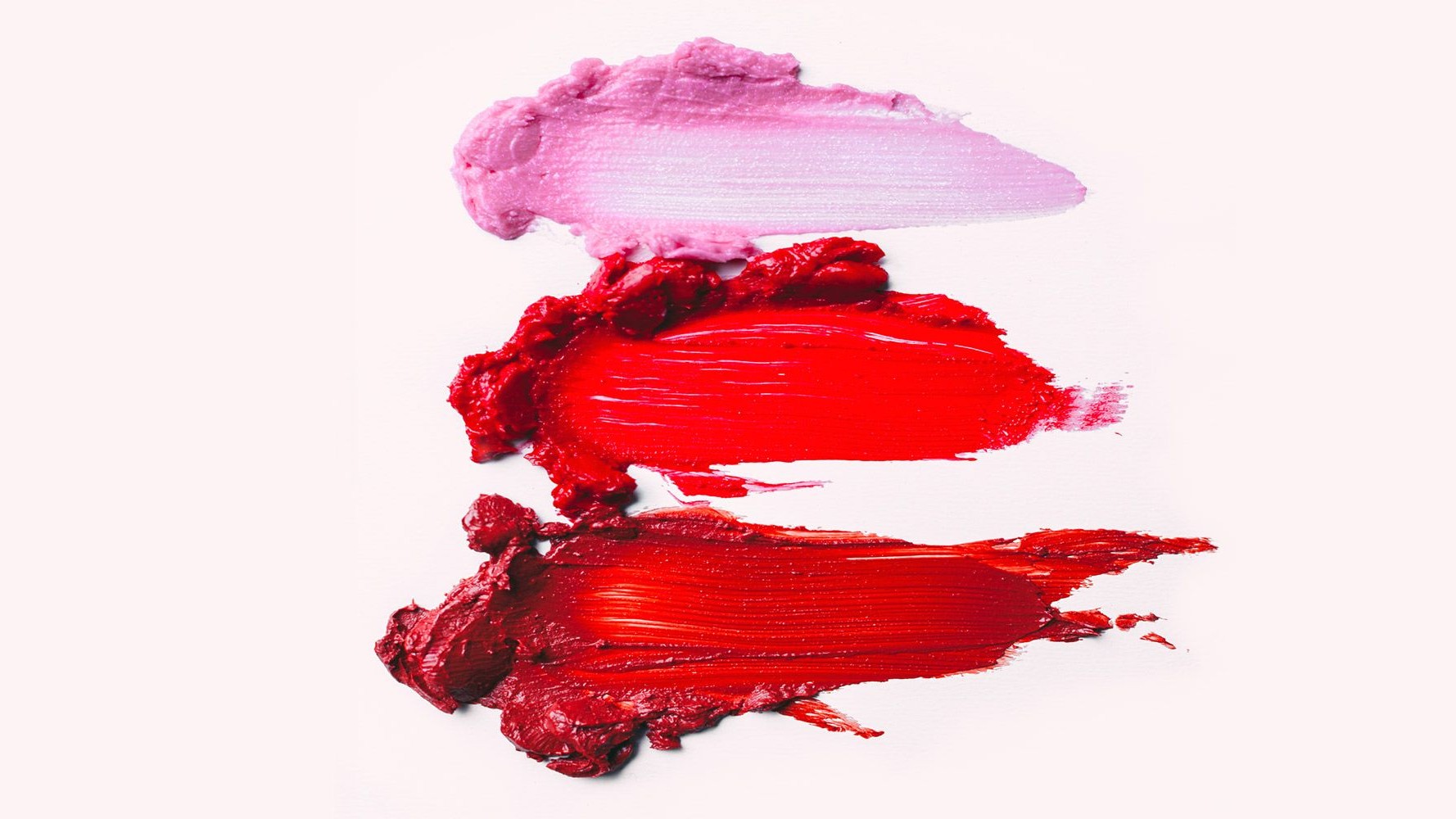
Have you ever thought about what really goes into your lipstick?
Despite claims that a woman eats seven pounds of lipstick in her lifetime, I'd always had a devil-may-care attitude re: lip color ingredients. That is, until last month when I slipped on a white lab coat, visited Bite Beauty's factory in Toronto, and learned precisely how lipstick from the brand's new 32-piece Amuse Bouche Collection gets made.
The experience was a callback to high school chemistry class, except this time around I was actually *interested* in each step of the process as opposed to relying on my lab partner do all the heavy lifting (Sorry, George!).
Here, find a mesmerizing breakdown of how meticulously measured crushed pigments, essential oils, and more become luxe tubes of lipstick shades like "Honeycomb" and "Beetroot."
Step 1: Milling the Pigments
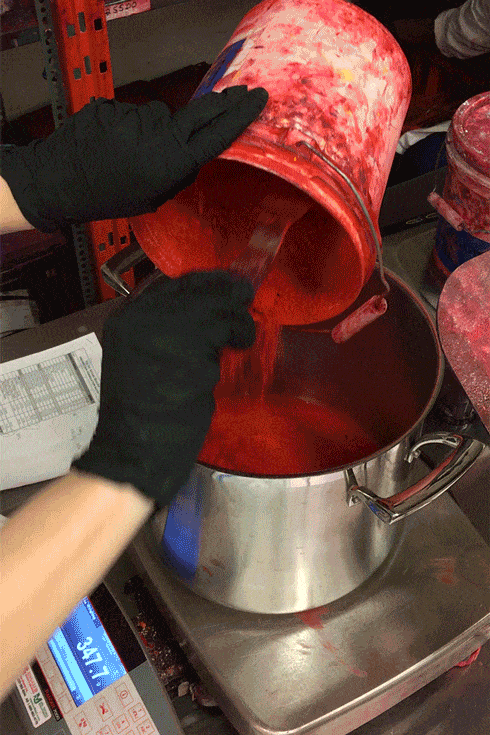
Unlike most beauty brands, all of BITE's pigments are milled in-house using a triple roll mill. Milling in-house gives the brand complete control over shades and allows them to be quick to market with trendy shades. In fact, they're able to formulate a shade as close as eight weeks before launch. Being so close to the action also allows them to tweak shades to add dimension that you might not find in other lipsticks.
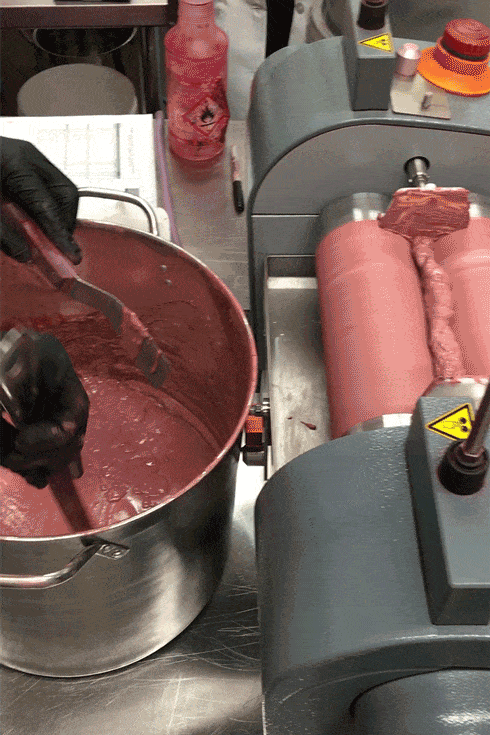
Step 2: Compounding the Base
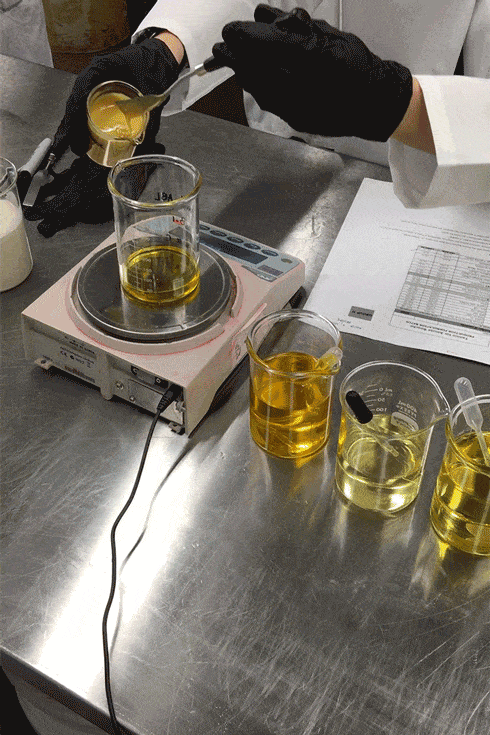
This is where they combine all the waxes, butters, and oils together to create creamy, hydrating lipsticks. All of their batches are made in small lobster pots for no more than 3,000 lipsticks at a time. They melt these ingredients at a low heat in small batches to preserve the efficacy of the ingredients. Once there's a base, they add the scent and flavor. For Amuse Bouche, they added 6 different essential oils to create the various notes within the final scent profile.
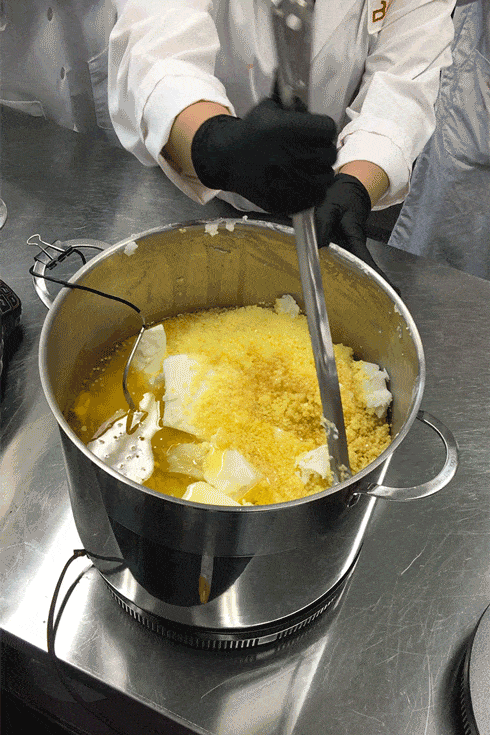
Step 3: Mixing Everything Together
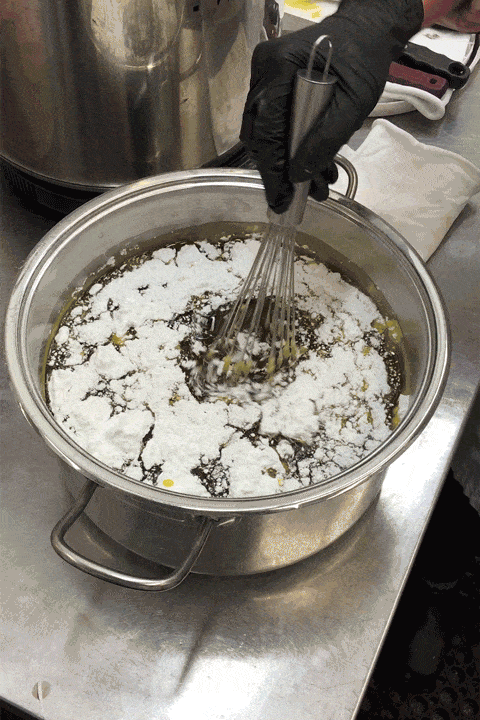
The last step before heading out onto the production floor is the mixing process. This is where the artisanal workers slowly and carefully mix the color and base together. They often have to add dry ingredients like silica at this stage ,which requires patience and attention to detail to ensure an evenly mixed finished product.
Get exclusive access to fashion and beauty trends, hot-off-the-press celebrity news, and more.
Step 4: Filling the Tubes and Packing 'Em Up
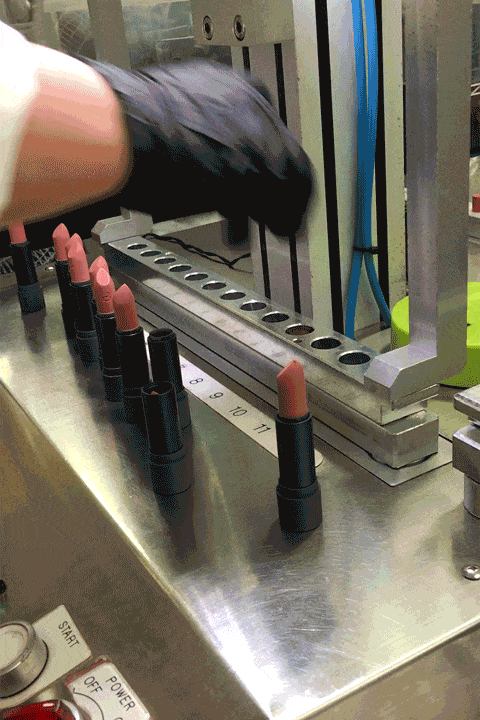
Once the liquid version of the lipstick is ready, it goes out onto the production floor and is put into a line based on the product. For the Amuse Bouche collection, they're produced using a 12 nozzle machine to help evenly fill a 12 cavity mould. Each lipstick is then unmolded by hand, checked for quality, and hand packaged. Et voilà!
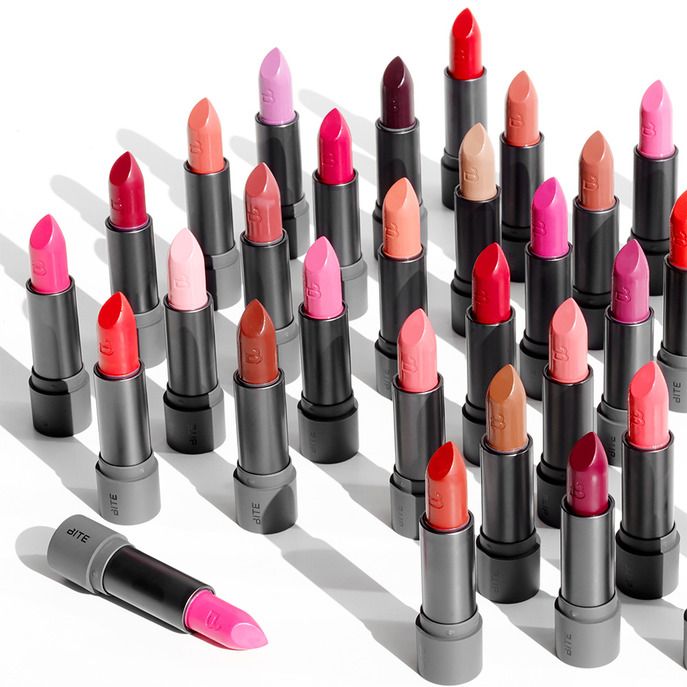
Shop the Collection: Bite Beauty Amuse Bouche Lipstick, $26; sephora.com.
Follow Marie Claire on Instagram for the latest celeb news, pretty pics, funny stuff, and an insider POV.
Lauren Valenti is Vogue’s former senior beauty editor. Her work has also appeared on ELLE.com, MarieClaire.com, and in In Style. She graduated with a liberal arts degree from Eugene Lang College, The New School for Liberal Arts, with a concentration on Culture and Media Studies and a minor in Journalism.